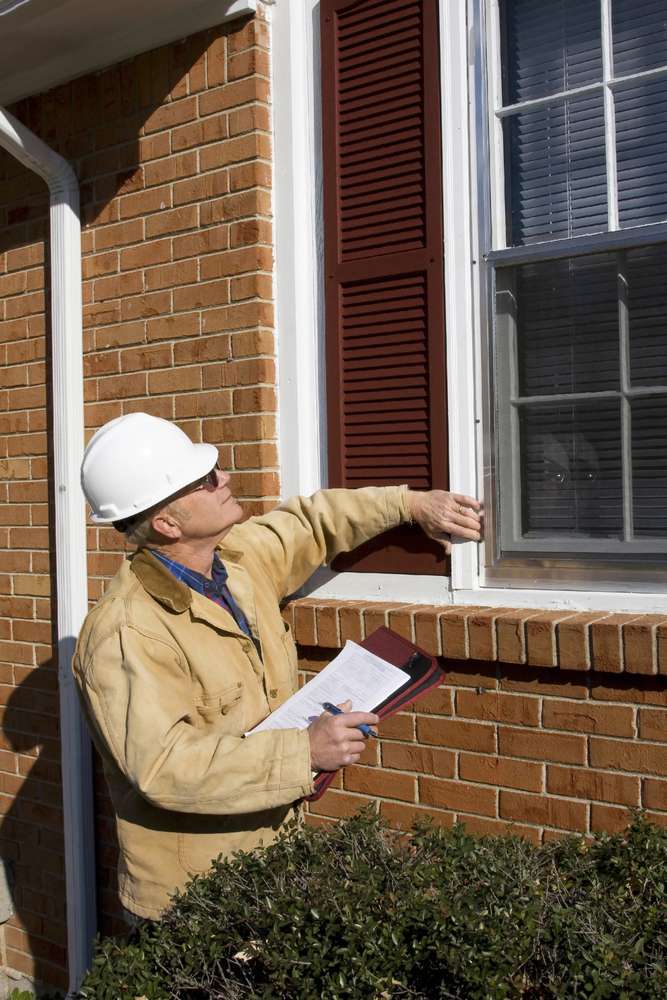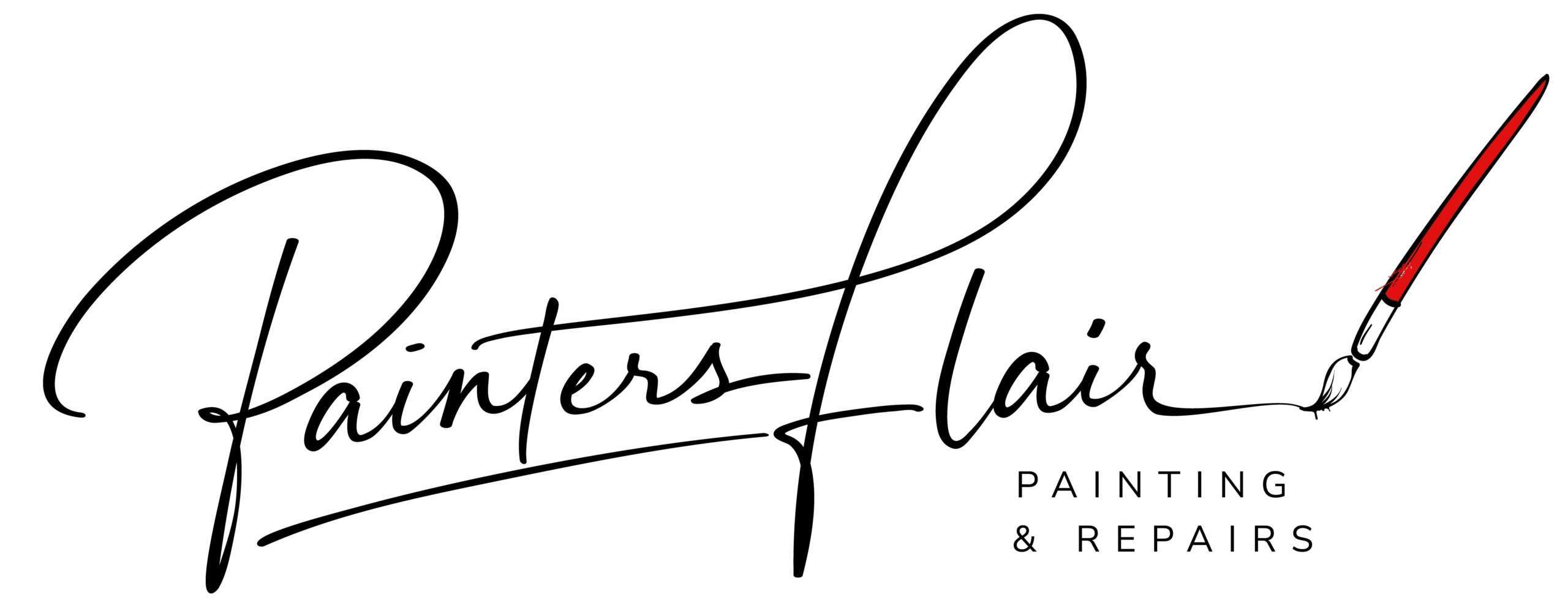
By Nicky Taylor

Exterior painting is one of the most important things you can do to protect the largest investment you probably will make during life. For exterior painting to last, there are requisite steps. Further more, these steps must be taken to properly prepare your home’s exterior before applying paint. In addition to the prep work, there are some important application procedures that will serve to deliver a nice looking paint job that you can be proud of.
- The first step in preparation for exterior painting is to pressure wash your house using M1 and bleach, making sure flaking paint, dirt, mildew, green algae, wasp nest, and other obstructions are removed. Once washed, scrape any remainder of loose paint off with a sharp scraper and metal brush. Sand any bare wood to prepare it for primer. Be sure and wear some kind of eye protection. Then start at the top and work your way down, holding the nozzle about six inches away from the surface and at a 45 degree angle.
- If you find mildew still exist after this process, you may need to apply bleach to a rag and scrub these areas. Mildew is attracted to the oil in oil-based paints but will grow on latex paints as well. If mildew is growing on your home, and you can’t seem to eliminate it completely, you may want to add some mildew inhibitor to your paint. However, I will give you a word of caution at this point. Good quality paints already have a safe amount of mildew inhibitors engineered into their formulas. If you add more mildewcide to your paint it can cause your paint to fade prematurely with a lot of exposure to sunlight. Allow all surfaces to dry thoroughly before caulking and priming bare wood.
- Exterior painting is significantly improved with proper caulking. When caulking trim to siding, the durability of the caulk joint can be improved by spreading the bead of caulk with your finger. This will improve adhesion. When caulking trim to brick, make sure you use a very narrow bead of caulk. However, do not spread with your finger, or you will make a mess of the caulk line and have to clean your brick. Just use some common sense when caulking. If you are caulking Hardie Plank, use a top quality elastomeric caulk with a high stretch capacity. Hardie plank expands and contracts more than most caulks can handle.
- Inspect all metal surfaces for peeling paint (railings, gutters, etc.). Remove loose paint with a metal brush or power brush. Effective acrylic bonding primers exist on the market today for priming bare metal. If you are painting brick, check for cracks. Caulk cracks before painting.
- If masonry is less than five years old it can leach out under a painted coating. If less than five years, then avoid this problem by etching with a solution of muriatic acid (1 part acid to 5 parts water). Be sure and take appropriate precautions. This acid is very caustic. Wear rubber gloves and goggles for protection. Pour the water in a plastic container first, then add the acid. This will help prevent splashing. Scrub this compound into concrete. This solution will neutralize the acid in the concrete. Wash off the solution with fresh water. Your concrete is now etched.
- Check your home for any bare wood and prime with a high quality latex primer or a top quality oil base primer. This primer coat is the only coat that bonds directly to the wood, therefore, it needs to be of top quality. A top coat of paint on your home is no better than the first coat that is applied to the wood. If the first coat (primer) fails, then the top coats and primer coat peel off together.
- Consider masking around light fixtures, motion sensors, electrical boxes, etc. Are you are planning to use a paint sprayer for your siding. If so, then I recommend covering all windows with plastic and tape. This will save you a lot of time in clean up.
- In my opinion, as a professional in this industry, where siding joins trim, always cut your trim in to the outer leading edge of the board instead of following the contour of your siding. This produces greater eye appeal from a distance. Where the siding meets the trim is always rounded out with caulk, making it a very poor place to scribe a straight line with your brush.
- Avoid time consuming clean up by protecting shrubs, walk ways, roofs, patios, etc with drop cloths. Clean up will cost you much more in time than cover up. When painting exterior surfaces, the do-it-yourselfer has one major consideration, the weather.
- Paints have optimum conditions in which they should be applied. It is best not to paint in extreme heat, cold or in the presence of precipitation. Check your paint can label for temperature restrictions.
- Painting your siding before painting the trim will save you a lot of cut in time with a brush. If you are planning to stain or paint your decks or patio, then do them last, since you will be working off them during your project. It is best to work from the top down since you will be dripping some paint. Although you need to work from top down, you also should work from side to side as much as possible. This will assist in avoiding a lot of up and down motion on ladders during your exterior painting project.
- If you are planning to use a roller to apply paint to lap siding, you will need to back brush to smoothly spread the paint. Roller naps leave a texture to the surface. Be sure and coat the underside edge of each board of lap siding to prevent water absorption from rain.
- For stucco, I recommend spraying and dry back rolling to achieve an even distribution of paint. The sprayer applies the paint and the roller simple spreads the paint. Use W strokes with the roller. Avoid dipping the roller in paint as you will be applying to much paint, causing the painted stucco to look uneven. Only allow the paint applied by the sprayer to the stucco to soak into the roller nap.
- Cedar shingles with their uneven surface can be painted with a 4″ brush or sprayer. I personally believe you can achieve the best look using a paint sprayer to coat cedar shingles and most other types of siding.
Substandard preparation may save you a little bit of time, but you will pay for it in durability and quality of appearance. It is always best to take your time with the above procedures. They will produce a paint job you will be proud to display.
Nicky Taylor
